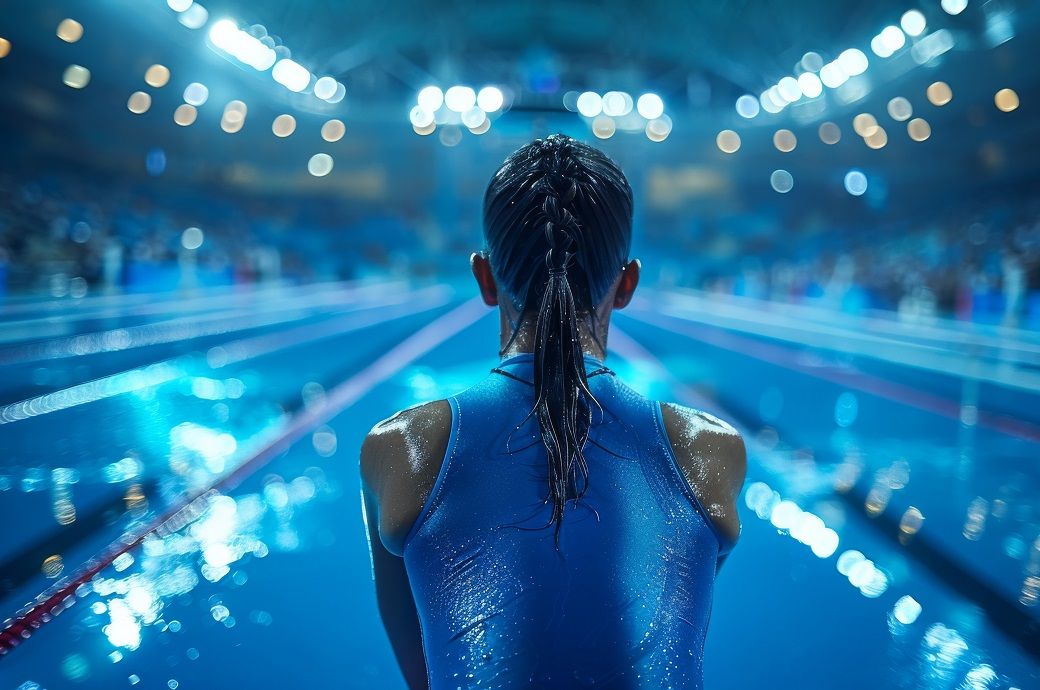
In the early days of competitive swimming, athletes were encumbered by woollen swimsuits that absorbed water and increased drag, making it difficult to achieve fast times in the pool. However, the introduction of nylon and Lycra in the 1970s marked a turning point. These lighter materials absorbed less water, reducing drag and allowing swimmers to move more freely and efficiently.
The most significant leap forward came in the late 1990s and early 2000s with the development of full-body polyurethane swimsuits. The Speedo Fastskin suit, introduced in 2000 and inspired by shark skin, revolutionised the sport. Designed to compress muscles, reduce vibration, and enhance buoyancy, these suits drastically improved swimmers' hydrodynamic profiles. The impact was immediate and profound, said Taylor Mooney in an article on the official Olympics website.
At the 2008 Beijing Olympics, the effects of this swimwear technology were on full display as 25 world records were shattered, leading to widespread debate about the fairness of such advancements. In response, World Aquatics (WA) stepped in to regulate the use of these high-tech suits, concerned that the sport was becoming more about technology than human ability.
In 2009, WA introduced new regulations that banned full-body polyurethane suits. These regulations, which remain in place today, restrict men’s swimsuits to covering only from the waist to the knees and women’s suits from the shoulders to the knees. Despite the ban, swimwear companies have continued to innovate within these constraints, focusing on improving compression, fit, and hydrodynamics with advanced textile materials.
This ongoing innovation ensures that athletes can still gain a competitive edge, albeit within the strict boundaries set by WA. Alongside the evolution of swimsuits, other accessories, such as goggles and swim caps, have also seen technological improvements, further aiding swimmers in their quest for speed.
Fibre2Fashion News Desk (KD)